Unit9 When was it invented? (SectionA 1a--2c)
文档属性
| 名称 | Unit9 When was it invented? (SectionA 1a--2c) | 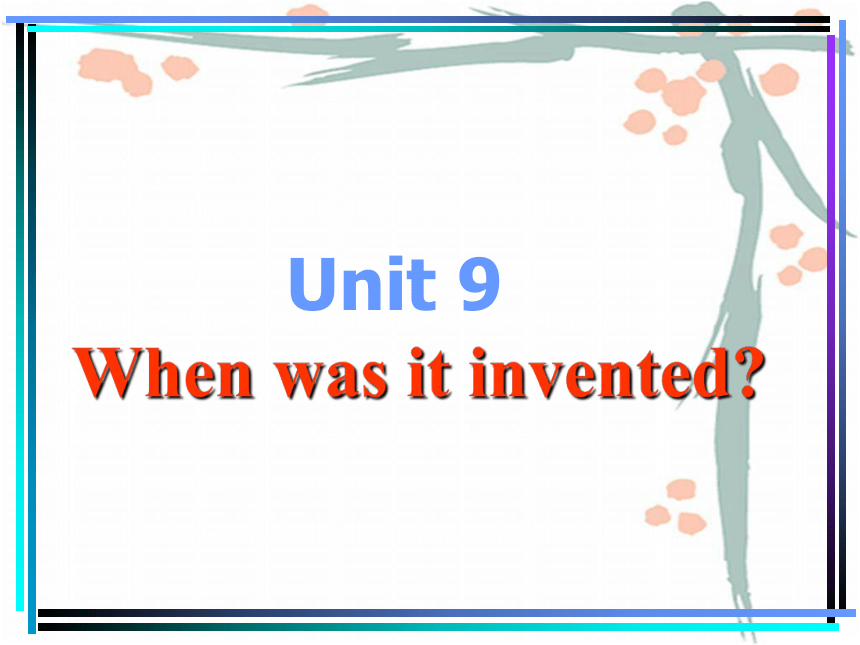 | |
| 格式 | zip | ||
| 文件大小 | 538.8KB | ||
| 资源类型 | 教案 | ||
| 版本资源 | 人教新目标(Go for it)版 | ||
| 科目 | 英语 | ||
| 更新时间 | 2013-11-18 19:08:16 | ||
图片预览

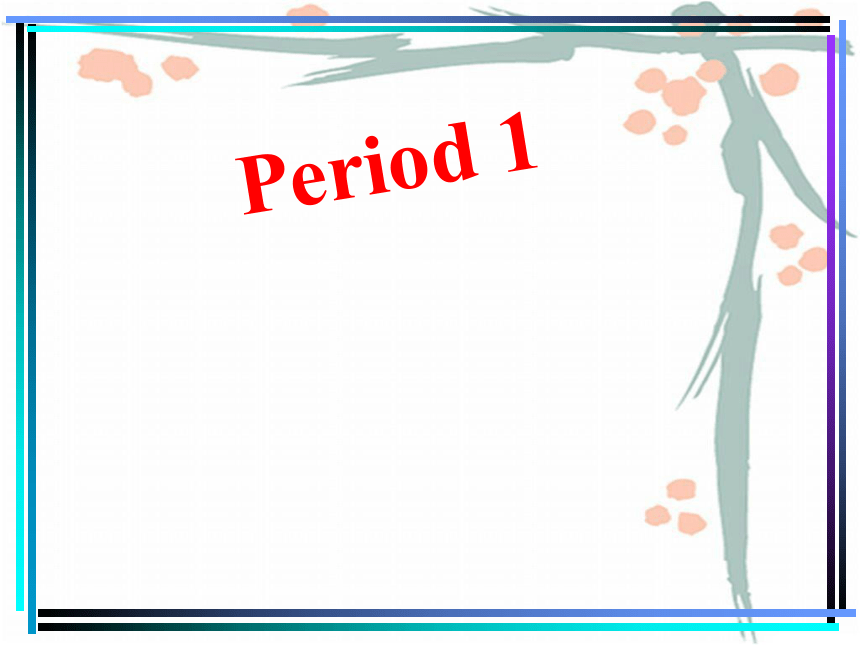
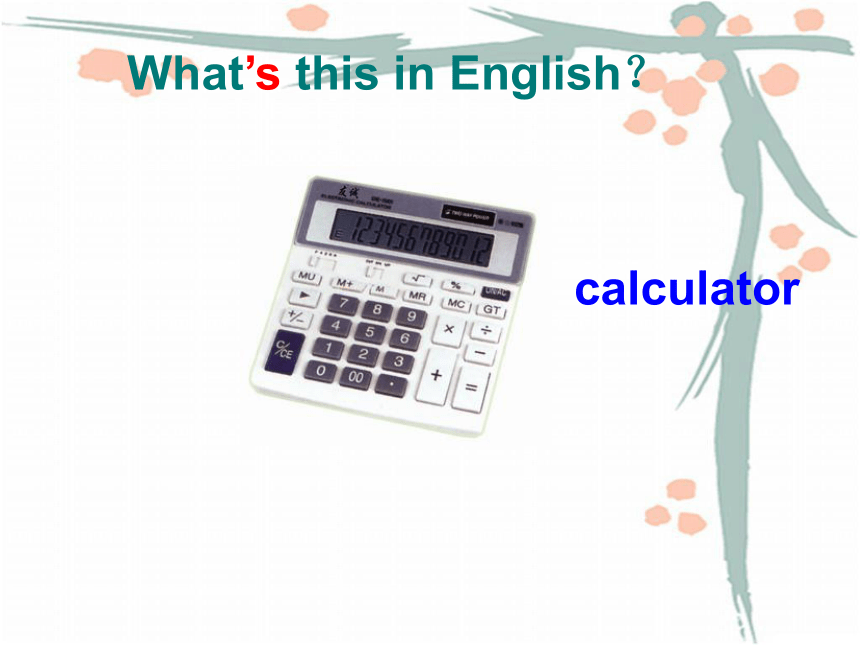
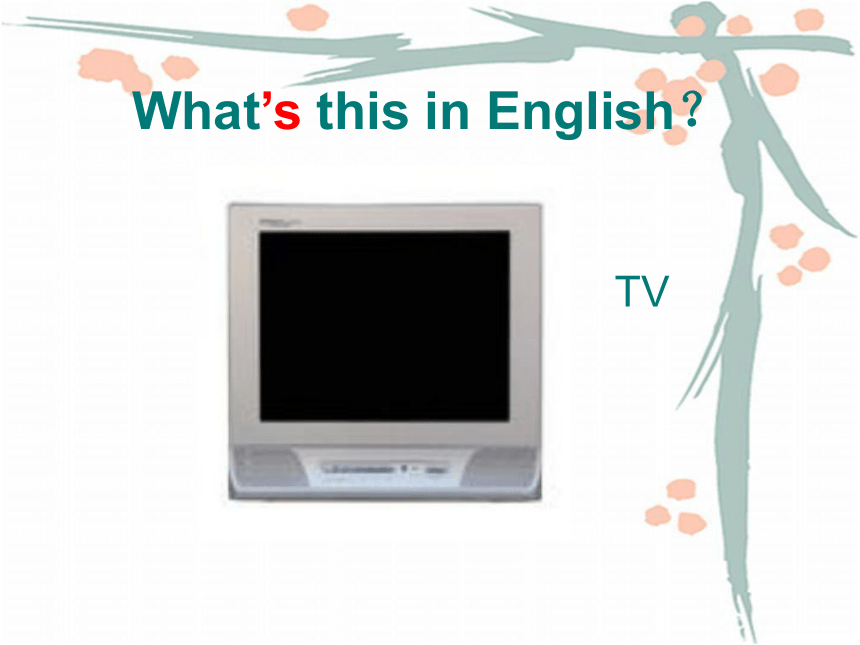
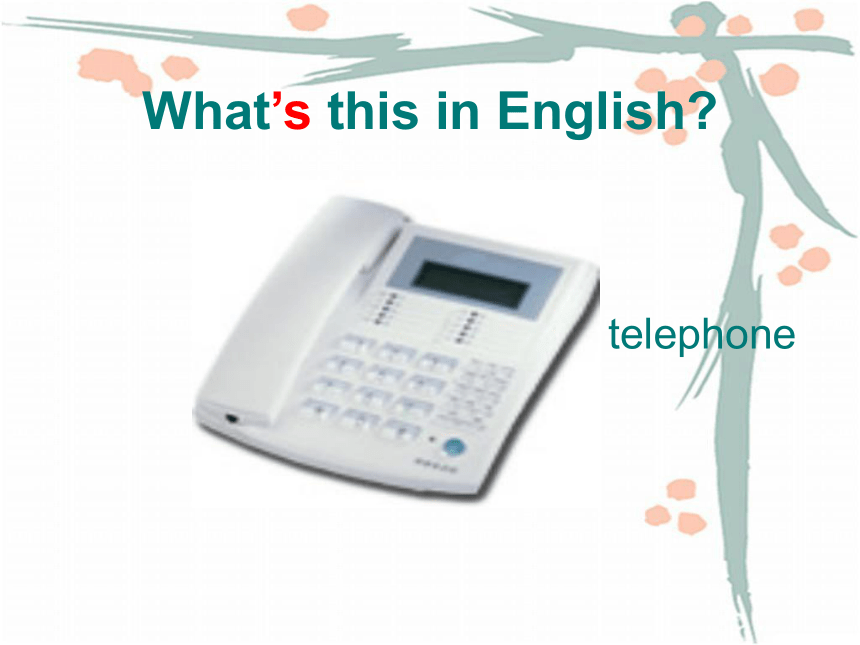
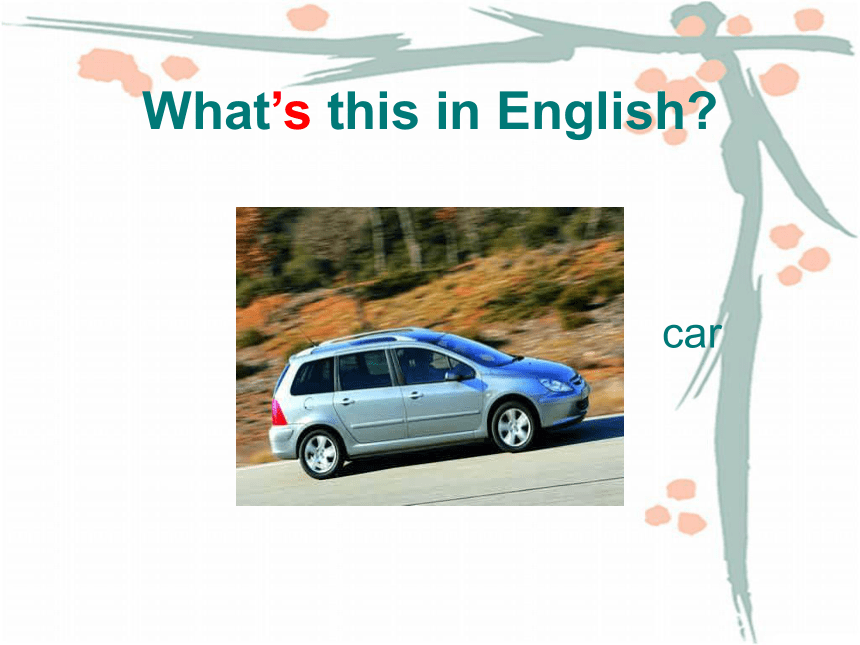
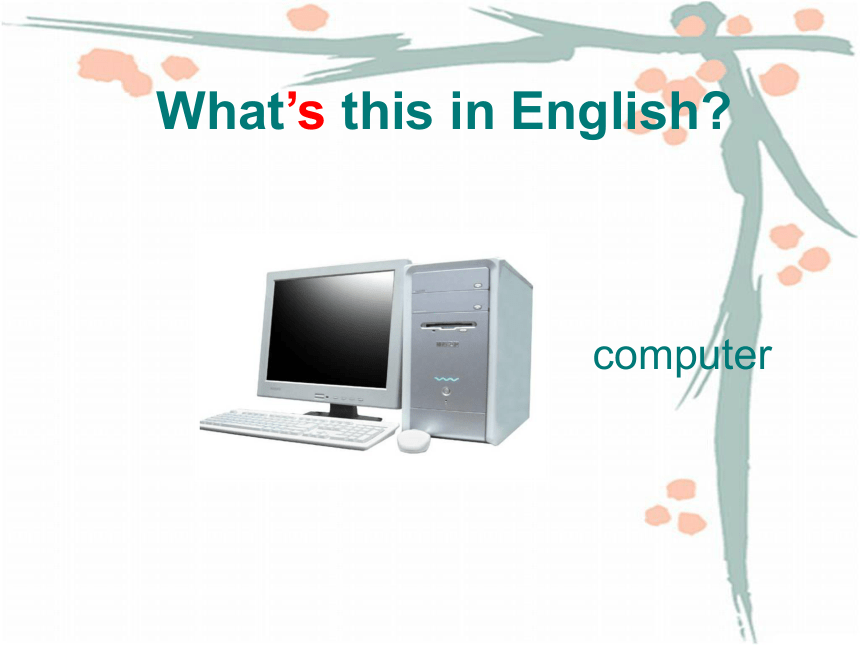
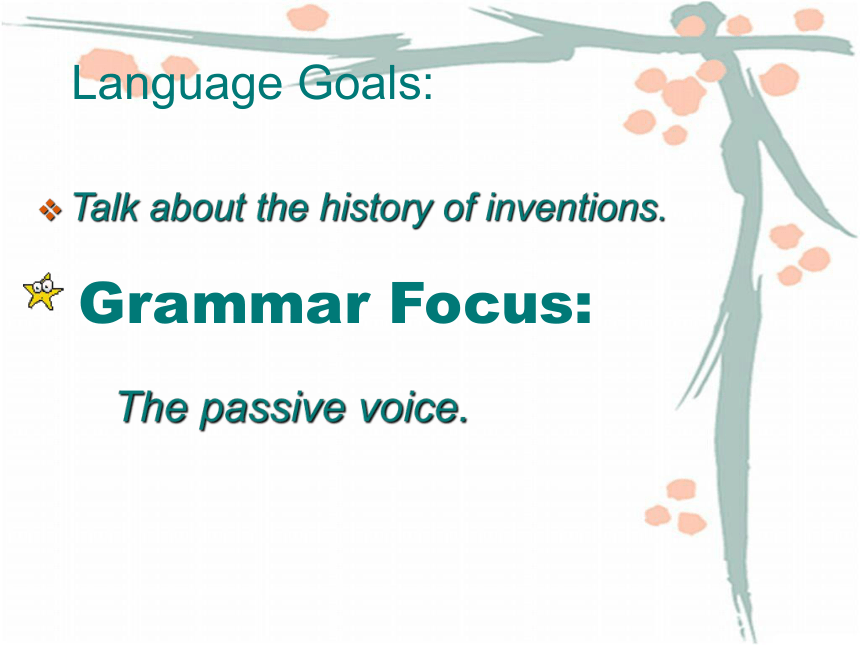
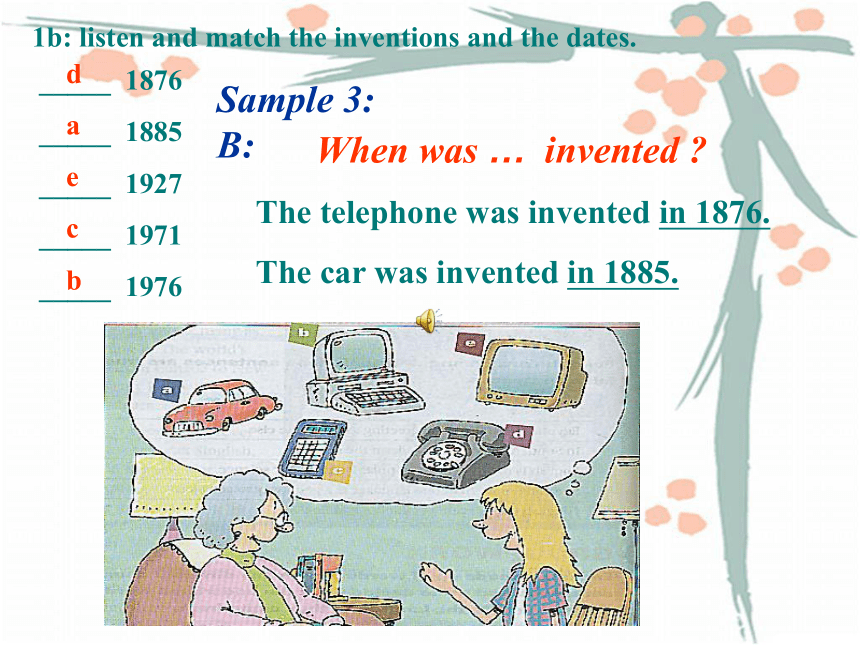

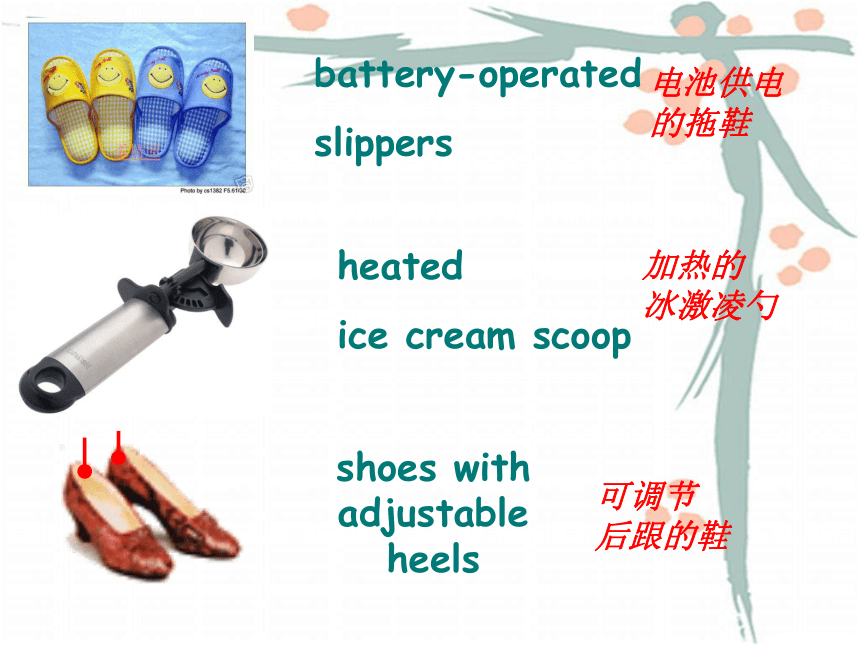
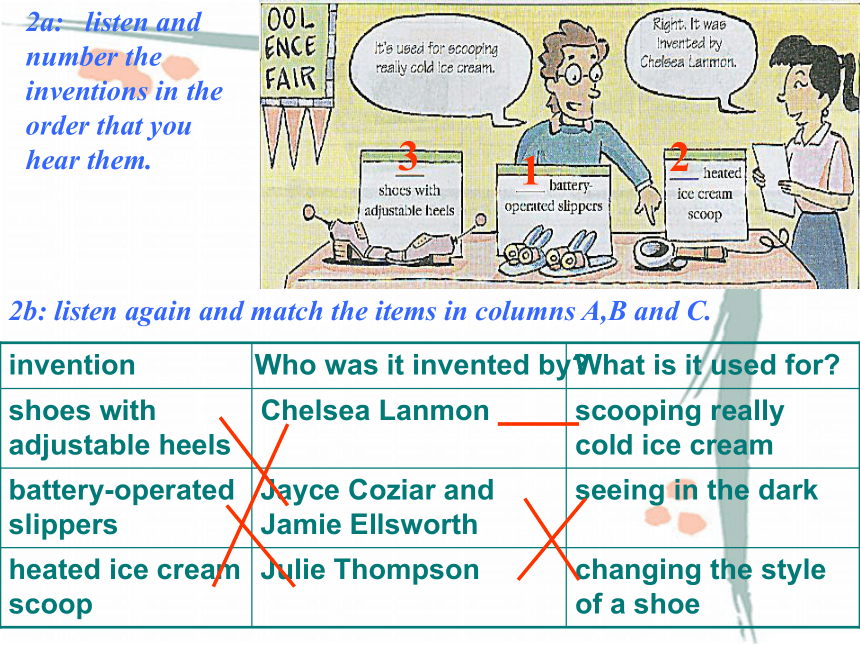
文档简介
课件32张PPT。Unit 9
When was it invented? Period 1calculatorWhat’s this in English?What’s this in English?TV What’s this in English?telephoneWhat’s this in English?carWhat’s this in English?computerLanguage Goals: Talk about the history of inventions.
Grammar Focus:The passive voice.1b: listen and match the inventions and the dates._____ 1876
_____ 1885
_____ 1927
_____ 1971
_____ 1976d
a
e
c
bThe telephone was invented in 1876.
The car was invented in 1885.When was … invented ?Sample 3:
B:1cPAIRWORKWhen was the telephone invented ?
I think it was invented in 1876.battery-operated
slippersheated
ice cream scoopshoes with adjustable heels电池供电
的拖鞋加热的
冰激凌勺可调节
后跟的鞋2b: listen again and match the items in columns A,B and C.3122a: listen and number the inventions in the order that you hear them.2cPAIRWORKWho was it / were they invented by ?
It was/ They were invented by
Chelsea Lanmon.What are they used for? They are used for seeing in the dark.PAIRWORKWhat are they used for?They are used for scooping really cold ice cream.What are they used for?They are used for changing the style of the shoes.
(1)be?used?for?(doing)?sth.被用来做……
for表用途。 ?Stones?can?be?used?for?building houses. (2)be?used?as?sth.被作为……用 This?book?can?be?used?as?a?text?book. (3)be?used?by?sb被某人使用 English?is?used?by?people?in?many
countries.
(4)be?used?to?用作谓语,意为“习惯于”,可用于各种时态。这里to是介词,其后跟名词或V-ing。 ???????*He?is?used?to?the?cold?weather. ???????The passive voice.被动语态 英语中动词有主动语态和被动语态两种语态. 主动语
态表示主语是动作的执行者,被动语态表示主语是动作的
承受者, 在被动语态中动作的执行者有时用by短语表示
出来.被动语态的构成:助动词be+ (及物动词的) 过去分词 一般现在时一般过去时The passive voice.被动语态被动语态的用法: 不知动作执行者时,常用被动语态.
eg. My bike was stolen yesterday.
This car is made in American.
2. 不必要说出动作执行者时,常用.
eg. Rome was not built in a day.
3. 为了突出强调动作的承受者时,常用被动语态.
eg. Thousands of beaches are polluted (污染).主动语态变被动语态的方法1.把主动语态的宾语变为被动语态的主语。2.把主动语态的谓语变为被动语态的谓语。3.把主动语态的主语变为被动语态的by
短语。(① by短语可以省。② by短语
后跟代词的宾格。)by the teacher..The teacher asked him questions.Hewas asked questionsThe passive voice.被动语态主动语态变被动语态的结构图:Bell invented the telephone in 1876.
The telephone was invented by Bell in 1876. 主语谓语动词过去时宾语时间状语主语谓语动词的过去分词宾语时间状语1. 找宾语 ----即动作的承受者They make shoes in that factory. Shoes2. 判断宾语的单复数 ----即be动词的单复数.are made3. 判断动词的时态 ----即be动词的时态.4. 修改谓语的形式 ----即原句动词改为过去分词 5. 修改原句的主语 ----即by+ 宾语(原主语). by them.主变被解题步骤主变宾,宾变主, 谓动be done
时不变,人称、数、格随着变They play football on Sunday.
Lucy did the homework in the evening.
They often use computers in class.
We made these machines in Beijing.
Football is played by them on Sunday.The homework was done by Lucy in the evening.Computers are often used by them in class.These machines were made in Beijing.Practice肯定句:主语+be + 过去分词+(by ~)
否定句:主语+be not +过去分词+(by ~)
一般疑问句:Be +主语+过去分词+(by ~)?
特殊疑问句:
疑问词+be+主语+过去分词+ (by ~) by many students.Englishis studiedby many students.Englishis not studied句式Is English studied by many students?Who is English studied by?1. They bought ten computers last term. by them last term.2.一般过去时的被动语态结构:was/were +过去分词last year.2.We planted many trees last year.Many treeswere plantedTen computerswere boughtThey built the tall building last year.
He took good care of his little brother yesterday.
We cleaned our classroom just now.
They used this room for resting.
The tall building was built by them last year.His little brother was taken good care of by him yesterday.Our classroom was cleaned by us just now.This room was used for resting by them.3.一般将来时的被动语态结构:will be+过去分词1.They will finish the work in ten days.by them in ten days.The workwill be finished2.Tom will clean the room tomorrow.The roomwill be cleanedbyTom tomorrow.表格:被动态基本结构am/is/are donewas/were doneam/is/are being donewas/were being doneshall/will/be going to be donewould be donehave/has been donehad been doneWe will have a sports meeting next week.
Children will take some photos in the
schoolyard tomorrow.
The headmaster will give a talk this afternoon.
A sports meeting will be had by us next week.Some photos will be taken by children in the school tomorrow.A talk will be given by the headmaster this afternoon.有两种被动语态的一些动词:buy 买 give 给 pay支付 teach 教授 tell 告诉 show 展示 lend 借出通常用直接宾语作被动语态的主语一些动词:bring拿来 do做 make 制作 pass传递 sell 卖 send 送、寄 sing 唱 write写A bike was lent to me ( by him). I was lent a bike (by him).A letter was written to her (by her son). 合习惯She was written a letter ( by her son) 不合习惯注意:在主动句中see ,watch ,hear,make
等后+宾语+动词原形的结构变为被
动句时一律在see ,watch ,hear,
make等后加上to。练习1 We hear birds sing every morning.Birds are heard to sing by us every morning.
2 His father made him stay at home.He was made to stay at home by his father. 由 不及物动词+介词或副词构成的被动语态She looks after her grandmother. (主动句 )Her grandmother is looked after by her.(被动句 )My friends laughed at me all the time. (主动句 )
I was laughed at by my friends all the time. (被动句 )
注 :介词不能省略 =及物动词
When was it invented? Period 1calculatorWhat’s this in English?What’s this in English?TV What’s this in English?telephoneWhat’s this in English?carWhat’s this in English?computerLanguage Goals: Talk about the history of inventions.
Grammar Focus:The passive voice.1b: listen and match the inventions and the dates._____ 1876
_____ 1885
_____ 1927
_____ 1971
_____ 1976d
a
e
c
bThe telephone was invented in 1876.
The car was invented in 1885.When was … invented ?Sample 3:
B:1cPAIRWORKWhen was the telephone invented ?
I think it was invented in 1876.battery-operated
slippersheated
ice cream scoopshoes with adjustable heels电池供电
的拖鞋加热的
冰激凌勺可调节
后跟的鞋2b: listen again and match the items in columns A,B and C.3122a: listen and number the inventions in the order that you hear them.2cPAIRWORKWho was it / were they invented by ?
It was/ They were invented by
Chelsea Lanmon.What are they used for? They are used for seeing in the dark.PAIRWORKWhat are they used for?They are used for scooping really cold ice cream.What are they used for?They are used for changing the style of the shoes.
(1)be?used?for?(doing)?sth.被用来做……
for表用途。 ?Stones?can?be?used?for?building houses. (2)be?used?as?sth.被作为……用 This?book?can?be?used?as?a?text?book. (3)be?used?by?sb被某人使用 English?is?used?by?people?in?many
countries.
(4)be?used?to?用作谓语,意为“习惯于”,可用于各种时态。这里to是介词,其后跟名词或V-ing。 ???????*He?is?used?to?the?cold?weather. ???????The passive voice.被动语态 英语中动词有主动语态和被动语态两种语态. 主动语
态表示主语是动作的执行者,被动语态表示主语是动作的
承受者, 在被动语态中动作的执行者有时用by短语表示
出来.被动语态的构成:助动词be+ (及物动词的) 过去分词 一般现在时一般过去时The passive voice.被动语态被动语态的用法: 不知动作执行者时,常用被动语态.
eg. My bike was stolen yesterday.
This car is made in American.
2. 不必要说出动作执行者时,常用.
eg. Rome was not built in a day.
3. 为了突出强调动作的承受者时,常用被动语态.
eg. Thousands of beaches are polluted (污染).主动语态变被动语态的方法1.把主动语态的宾语变为被动语态的主语。2.把主动语态的谓语变为被动语态的谓语。3.把主动语态的主语变为被动语态的by
短语。(① by短语可以省。② by短语
后跟代词的宾格。)by the teacher..The teacher asked him questions.Hewas asked questionsThe passive voice.被动语态主动语态变被动语态的结构图:Bell invented the telephone in 1876.
The telephone was invented by Bell in 1876. 主语谓语动词过去时宾语时间状语主语谓语动词的过去分词宾语时间状语1. 找宾语 ----即动作的承受者They make shoes in that factory. Shoes2. 判断宾语的单复数 ----即be动词的单复数.are made3. 判断动词的时态 ----即be动词的时态.4. 修改谓语的形式 ----即原句动词改为过去分词 5. 修改原句的主语 ----即by+ 宾语(原主语). by them.主变被解题步骤主变宾,宾变主, 谓动be done
时不变,人称、数、格随着变They play football on Sunday.
Lucy did the homework in the evening.
They often use computers in class.
We made these machines in Beijing.
Football is played by them on Sunday.The homework was done by Lucy in the evening.Computers are often used by them in class.These machines were made in Beijing.Practice肯定句:主语+be + 过去分词+(by ~)
否定句:主语+be not +过去分词+(by ~)
一般疑问句:Be +主语+过去分词+(by ~)?
特殊疑问句:
疑问词+be+主语+过去分词+ (by ~) by many students.Englishis studiedby many students.Englishis not studied句式Is English studied by many students?Who is English studied by?1. They bought ten computers last term. by them last term.2.一般过去时的被动语态结构:was/were +过去分词last year.2.We planted many trees last year.Many treeswere plantedTen computerswere boughtThey built the tall building last year.
He took good care of his little brother yesterday.
We cleaned our classroom just now.
They used this room for resting.
The tall building was built by them last year.His little brother was taken good care of by him yesterday.Our classroom was cleaned by us just now.This room was used for resting by them.3.一般将来时的被动语态结构:will be+过去分词1.They will finish the work in ten days.by them in ten days.The workwill be finished2.Tom will clean the room tomorrow.The roomwill be cleanedbyTom tomorrow.表格:被动态基本结构am/is/are donewas/were doneam/is/are being donewas/were being doneshall/will/be going to be donewould be donehave/has been donehad been doneWe will have a sports meeting next week.
Children will take some photos in the
schoolyard tomorrow.
The headmaster will give a talk this afternoon.
A sports meeting will be had by us next week.Some photos will be taken by children in the school tomorrow.A talk will be given by the headmaster this afternoon.有两种被动语态的一些动词:buy 买 give 给 pay支付 teach 教授 tell 告诉 show 展示 lend 借出通常用直接宾语作被动语态的主语一些动词:bring拿来 do做 make 制作 pass传递 sell 卖 send 送、寄 sing 唱 write写A bike was lent to me ( by him). I was lent a bike (by him).A letter was written to her (by her son). 合习惯She was written a letter ( by her son) 不合习惯注意:在主动句中see ,watch ,hear,make
等后+宾语+动词原形的结构变为被
动句时一律在see ,watch ,hear,
make等后加上to。练习1 We hear birds sing every morning.Birds are heard to sing by us every morning.
2 His father made him stay at home.He was made to stay at home by his father. 由 不及物动词+介词或副词构成的被动语态She looks after her grandmother. (主动句 )Her grandmother is looked after by her.(被动句 )My friends laughed at me all the time. (主动句 )
I was laughed at by my friends all the time. (被动句 )
注 :介词不能省略 =及物动词
同课章节目录
- Unit 1 How can we become good learners.
- Section A
- Section B
- Unit 2 I think that mooncakes are delicious!
- Section A
- Section B
- Unit 3 Could you please tell me where the restroom
- Section A
- Section B
- Unit 4 I used to be afraid of the dark.
- Section A
- Section B
- Unit 5 What are the shirts made of?
- Section A
- Section B
- Review of Units 1-5
- Unit 6 When was it invented?
- Section A
- Section B
- Unit 7 Teenagers should be allowed to choose their
- Section A
- Section B
- Unit 8 It must belong to Carla.
- Section A
- Section B
- Unit 9 I like music that I can dance to.
- Section A
- Section B
- Unit 10 You're supposed to shake hands.
- Section A
- Section B
- Review of Units 6-10
- Unit 11 Sad movies make me cry.
- Section A
- Section B
- Unit 12 Life is full of the unexpected
- Section A
- Section B
- Unit 13 We're trying to save the earth!
- Section A
- Section B
- Unit 14 I remember meeting all of you in Grade 7.
- Section A
- Section B
- Review of Units 11-14
